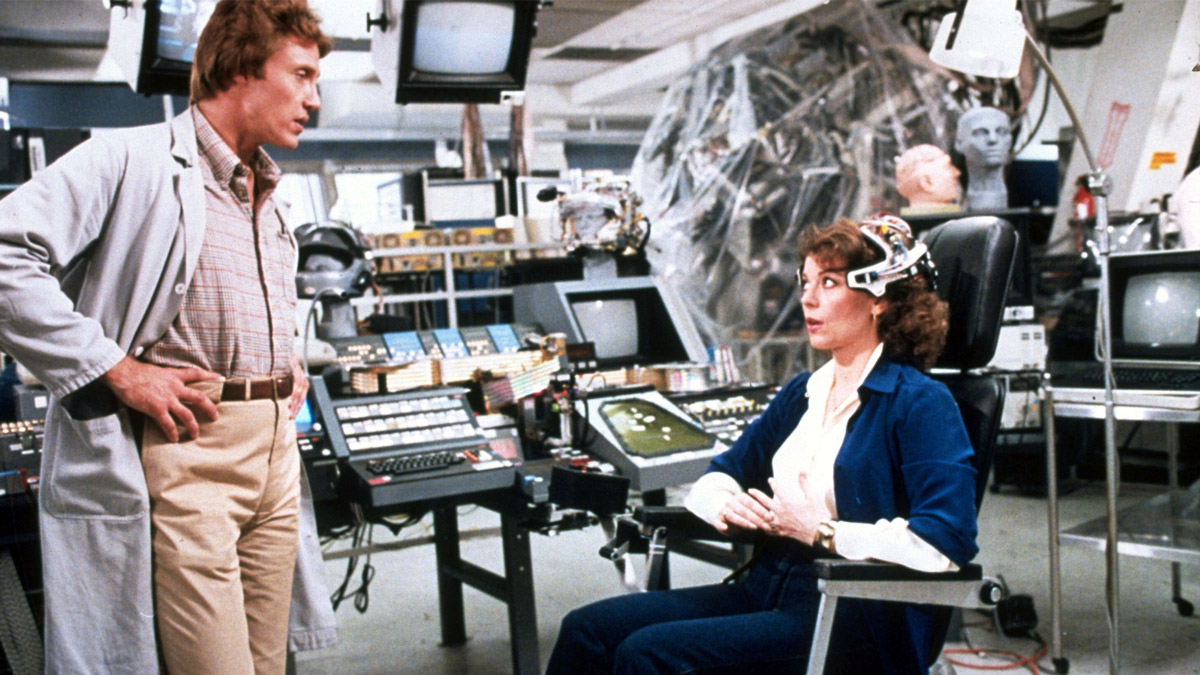
(c) Photofest / Getty Images
"Brainstorm" Douglas Trumbull's ambitious work that pioneered VR (Part 1)
2022.05.04
Negotiations with Paramount break down
The scenario was adapted by Robert Stitzel and Philip Frank Messina and is titled Brainstorm. Trumbull's plan was to use ShowScan only in the reality recorder playback scenes in the movie, in order to make its effects clearer. Basically, the normal portion of the movie is shot at the traditional 24fps, and the frames are increased to 60fps using a technique similar to telecine pulldown. However, since it is only a pseudo 60fps, there will be a difference in image quality from the reality recorder shot that was actually taken at 60fps. By experiencing this difference, the audience felt as if they were wearing a reality recorder.
However, the big problem is that each theater needs to be equipped with a 70mm projector that can show movies at 60fps. But the project was scrapped when Paramount estimated that theaters would have to pay between $50,000 and $100,000 per screen for equipment. Paramount wanted to continue producing it as a regular movie, but Trumbull shelved the Brainstorm project, saying, ``If we can't use ShowScan, it's pointless.''
Afterwards, Trumbull made the first showscan film, a 12-minute short film called ``Night of Dreams'' (1978), and continued to test the film for practical use. Paramount then orders Trumbull to do the VFX for the movie Star Trek: The Motion Picture (1979). He refused because he wanted to concentrate on ShowScan development, and an angry Paramount withdrew all of FGC's equipment, including 65mm cameras and optical printers, and lent it to Robert Able & Associates (RA&A).
However, due to various circumstances, RA&A was forced to withdraw. Ordered to clean up the mess, Trumbull works with Dijkstra to finish the VFX for Star Trek: The Motion Picture at a rapid pace. However, in exchange for taking on this work, he demanded the termination of his exclusive contract with Paramount and the closure of FGC, which had been holding him back.
In January 1980, FGC was disbanded, and Trumbull and Yurisich sold everything except their personal belongings. He established a new company, Entertainment Effects Group (EEG), in Marina del Rey.
``Brainstorm'' has finally started moving

